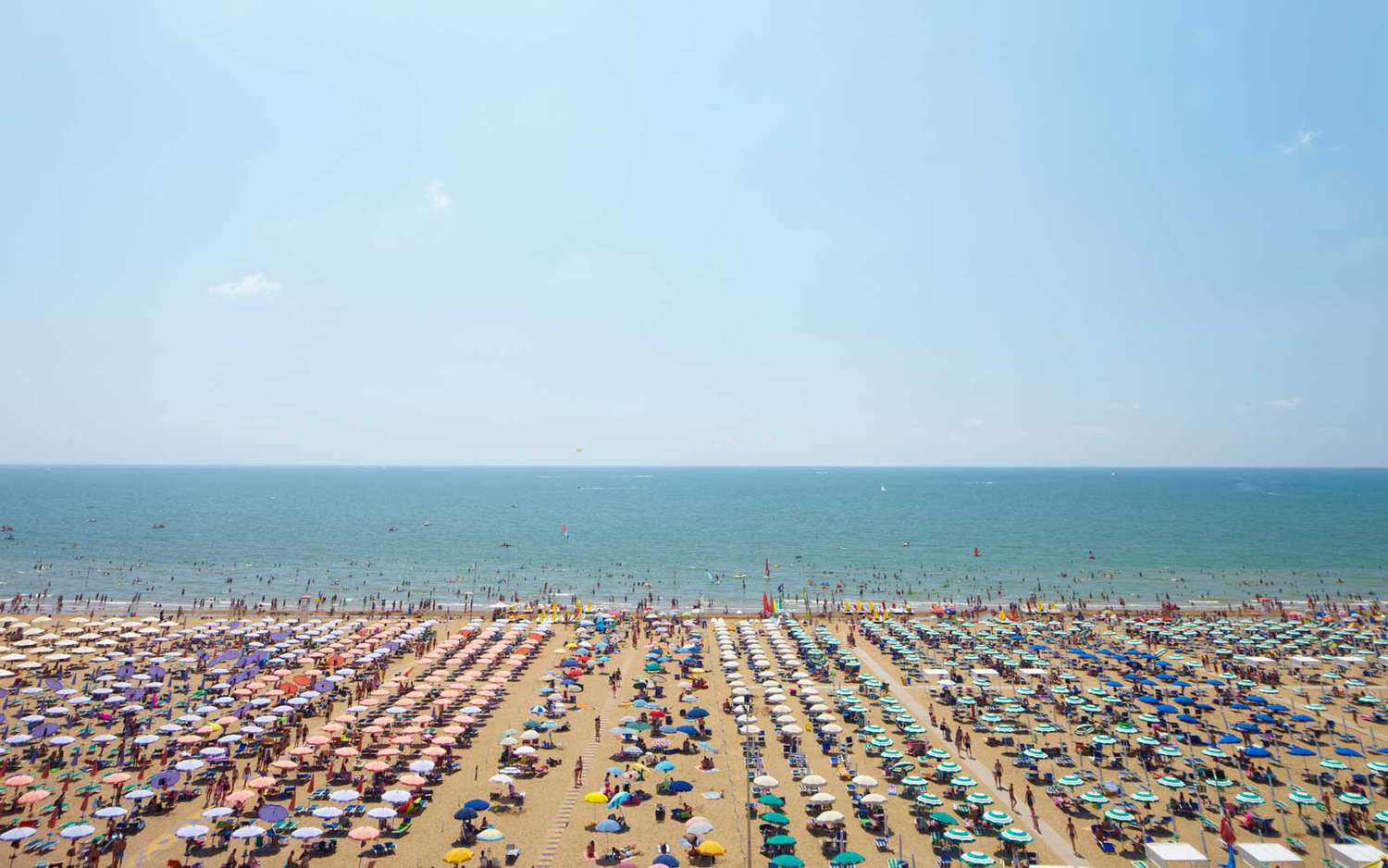Winter threw quite the curveball with devastating snowstorms across the southern United States, and it appears summer is on track to keep us on our toes.
Meteorologists are predicting a sweltering season for much of the U.S., according to The Weather Channel. A three-month outlook from June through August shows hotter than average summer for West Coast to the Mississippi Valley and western Great Lakes.
The northern and central Rockies into the northern and central Plains are the most likely to see a hot summer, while the East and Southeast are expected to be slightly warmer than average, according to the outlet.
La Niña is partially to blame for the higher temperatures. A periodic cooling of water in the eastern equatorial Pacific Ocean, its typical peak is in late fall, and it begins to weaken with the coming of spring.
It has been shown to have an impact on weather patterns near the U.S. and other areas, with past similar summers being quite warm. "If we look at summers following first-year La Niña winters, we can see a very hot signal across most of the western and northern U.S.," said Todd Crawford, chief meteorologist with The Weather Company.
Another cause for the cruel summer would be the how moist or dry the soil is. More than 46% of the contiguous U.S. is experiencing a drought, as of early March. Dry soil warms up faster, causing the air above it to heat up more proficiently.
Meanwhile, the Farmers' Almanac predicted a mild and wet spring for most of the country, including plenty of thunderstorms, particularly for the central and eastern states in late April.
And of course, the ongoing climate change crisis doesn't help the situation. Summer temperatures in the U.S. have increased by about two degrees from 1970 through 2018, according to a study by Climate Central. "Cooling demand has increased about 20% in the past 60 years," Crawford added.
Source: Read Full Article
